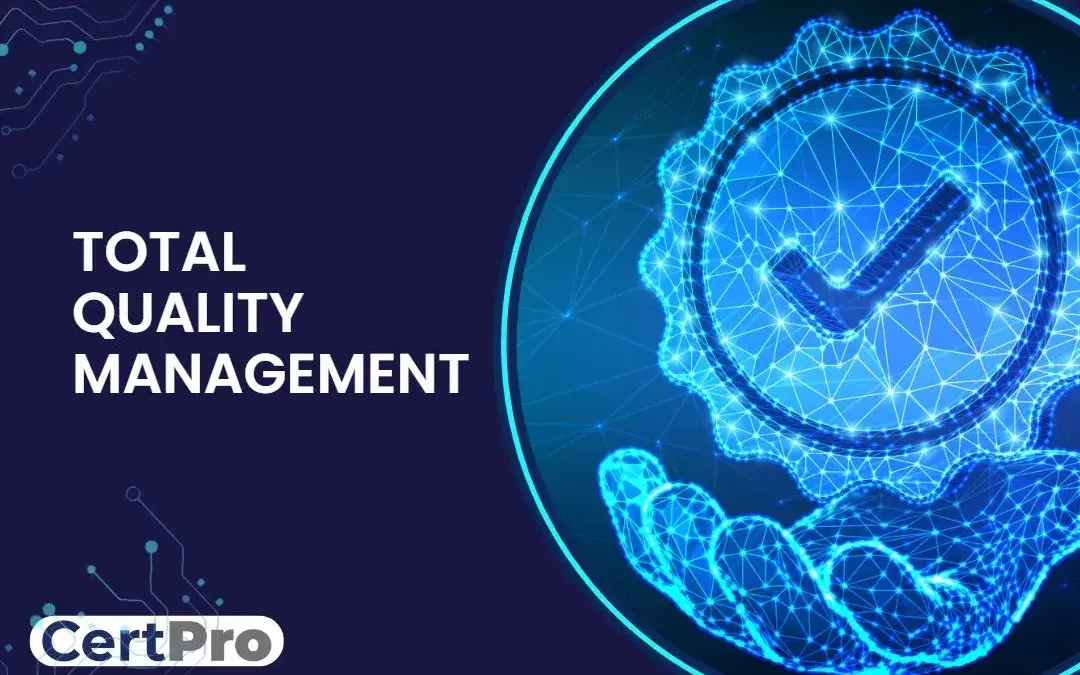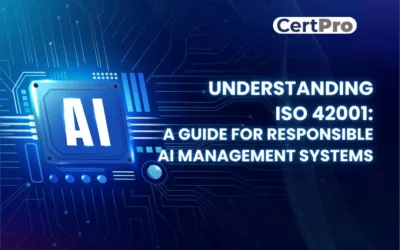Total Quality Management (TQM) is a systematic approach for an organization’s management to achieve long-term success through consistent customer satisfaction.
In other words, TQM includes phrases such as: customer focus, the involvement of all employees, continuous improvement and the integration of quality management into the total organization.
Before understanding the details of TQM, let us learn the basics of quality management.
What is Quality?
As per International Organization for Standardization (ISO) definition, quality is the totality of features and characteristics of a product or service that bear on its ability to satisfy stated or implied needs.
One of the legendary quality guru, Philip Crosby, defined quality as ‘a full and perfect conformance to the customer’s requirements’ which means doing the intended activity in the right manner the very first time. He phrased it as ‘Doing It Right the First Time’ (DIRFT).
History of TQM and its evolution
In the early days of industrial revolution, inspection was the primary method to determine the conformity of requirements in products manufactured or services offered.
There was no systematic approach but at the time, it was good enough since the volume of production was low.
As organizations grew larger, this methodology failed to deliver the desired results due to issues like technical errors, lack of training for inspectors, acceptance of defective products, etc. Then the need for a much better system for managing operations became more relevant.
In 1911, FW Taylor defined tasks clearly and performed them under standard conditions and these tasks included inspection as well. This resulted in a focused interest on inspection which led to a separate department of QC for defect prevention.
Even today, inspection plays an important role in quality control but is considered as only one among the many tools that provided effective solutions to multiple quality problems.
In the 1920s, Dr W. Shewhart (a mathematician), developed a methodology of statistical analysis for the management of quality.
He developed a modern control chart and effectively demonstrated that any deviation in the production process leads to a variation in the desired product. Therefore, he emphasized that eliminating variation/deviation in a process leads to a higher quality outcome of end products.
During 1940s and 1950s, with the help of western quality gurus like Juran, Deming, etc., Japan grew vastly in the area of delivering quality products.
The concept of total quality control (TQC) was published by Ishikawa who focused on company-wide Quality Control. It involves all the employees from top management to the workers in the organization. During this phase, the statistical process control (SPC) largely evolved into mainstream activity for quality control which then emphasized on using SPC methodology during the manufacturing processes in order to avoid defective products. This gave rise to a new department called Quality Assurance that addressed the quality levels of products/services at every stage of the manufacturing process.
During the 1980s and 1990s, the name ‘TQM’ was coined and it became the centre of focus for all quality-based strategies and techniques. In the same phase, ISO 9000 series standards were developed by International Organization for Standardization (ISO) which used TQM as its foundation. ISO 9001 standard is strongly based on the principles of TQM and Deming’s PDCA Cycle.
What are the seven principles of TQM?
The 7 principles of total quality management are given below:
- Customer-focused:The organizations are run and grown by the customers and hence the dependency of organizations on customers is high. Organizations need to know the changing need of customer requirements and meet their demands to perform beyond their expectations. In the end, it is the customer who would decide on the quality of the products delivered based on their satisfaction levels.
- Leadership: Leaders, as identified by the management, define the objectives and sets the direction for the organization in terms of accomplishing any set tasks. This helps any organization to keep their employees focused and involved in achieving the organization’s objectives.
- Employee Engagement:All employees contribute in working towards the company’s objectives. Total employee commitment when utilized effectively helps an organization to perform better and earn greater revenue.
- Strategic and systematic process approach:Strategic and systematic approach plays a critical part in the management of quality to achieve an organization’s vision, mission, and goals. This process includes the development of a strategic plan to integrate quality as a core component to manage activities and resources efficiently.
- Continual improvement:The major focus of TQM is continual process improvement. An organization’s overall performance evolves around the continuous improvement initiatives that drive the organization’s objectives.
- Fact-based decision-making:TQM stresses that an organization should continually collect and analyze data to take effective decisions. Evaluation of an organization’s performance largely depends on the data and information collected.
- Relationship Management:The organization and its interested parties share a mutually beneficial relationship which helps them to deliver quality products/services and grow together. This effective management of relationship makes the organization create better values with enhanced capabilities.
What are the steps to implement TQM?
Step 1:
Define Vision, Mission and Objectives clearly and specific to the implementation of TQM and its expected outcome.
Entire employee community of the organization needs to understand the vision and mission and work effectively towards accomplishing the set objectives.
Step 2:
Define Key performance Indicators (KPIs)
These KPI factors help an organization to focus on key areas which helps them to meet the desired objectives set by management.
The KPI factors also help an organization to assess their performance and trace how close they are towards meeting their objectives.
Some examples of KPIs include:
- Resource utilization
- Production target
- Quality products
- Rework quantity
- On-time delivery
- Customer satisfaction
Step 3:
Identify key metrics and measures to track these KPI data
Identifying key metrics and measurements of these KPIs helps an organization to conduct performance-based analysis that would help them ideally meet their company objectives.
Step 4:
Mapping the critical processes that help an organization to meet their customer requirements
Management identifies critical processes and develops a plan to improve these activities which benefit the organization by meeting the defined tasks and objectives.
Step 5:
Monitoring the teams that work on the planned activities and evaluate the process improvement efforts
Step 6:
Teams who work on TQM efforts regularly manage their resources through Hoshin Planning, training or other methods as needed for the tasks.
Step 7:
These efforts of various teams are evaluated by the management in comparison with the planned objectives and the plan is revised again to meet the desired objectives by correcting the deviations.
Step 8:
Create a better relationship with all the interested parties and constant engagement of employees through various activities like trainings, awareness sessions and feedbacks. This keeps the entire ecosystem of an organization to participate effectively in the processes involved and work for better results as intended by the management.
UNDERSTANDING ISO 42001: A GUIDE FOR RESPONSIBLE AI MANAGEMENT SYSTEMS
The invention of artificial intelligence (AI) has changed the operational processes of many industries. However, the rapid growth of technology increases ethical, security, and privacy-related concerns. Therefore, the International Organization for Standardization...
EUROPEAN UNION’S ARTIFICIAL INTELLIGENCE ACT: HOW THIS GROUNDBREAKING LAW AFFECTS YOUR BUSINESS
Nowadays, Artificial Intelligence (AI) is transforming our lives exceptionally well. AI is now streamlining healthcare services, providing virtual assistance, and fulfilling queries. Technologies have boons and curses. Similarly, AI creates many concerns about...
How to Implement GRC Frameworks in 2024: Step-by-Step Guide
The rapidly evolving business environment, complexity, and accountability enhance the importance of the organization's governance, risk management, and compliance initiatives. Therefore, if your company finds difficulties expanding, recheck your organization's...




